- Products
- Solutions
- Service
- Company
It is hard to imagine today's production without robots. They are fast, versatile and work around the clock. Falling prices and a wide range of products also speak for their use. For this to pay off, both their integration and implementation must fit the working environment and the requirements. MiniTec goes its own way here and scores with its competences.
Performance alone is not enough when it comes to using robots. Although they are flexible and very efficient helpers in production, their operation must be carefully planned and their integration and implementation must be ensured. Only then can they make full use of their advantages. Then they can provide significant increases in performance while at the same time reducing costs.
The areas of application are diverse. Robots are very often integrated in assembly, for example. Assembly is one of the most complex tasks that a robot can perform. Not only does it have to master complicated movements, both individually and in sequence, in order to bring different components together, but it must also be able to pick them up and put them down.
The metal colleague then often helps with work that is tedious and monotonous. Today, a robotic arm masters a similar repertoire of repetitive tasks as the human arm. Thus, it can relieve the worker of work in many sub-areas of assembly, such as joining, handling, checking and adjusting, through automation.
Modern assembly robots can be used flexibly as needed. This makes them interesting even for smaller companies. The assembly tools can be changed quickly. For example, the gripper can be exchanged with a screw head and thus the robot can be used for different activities in production.
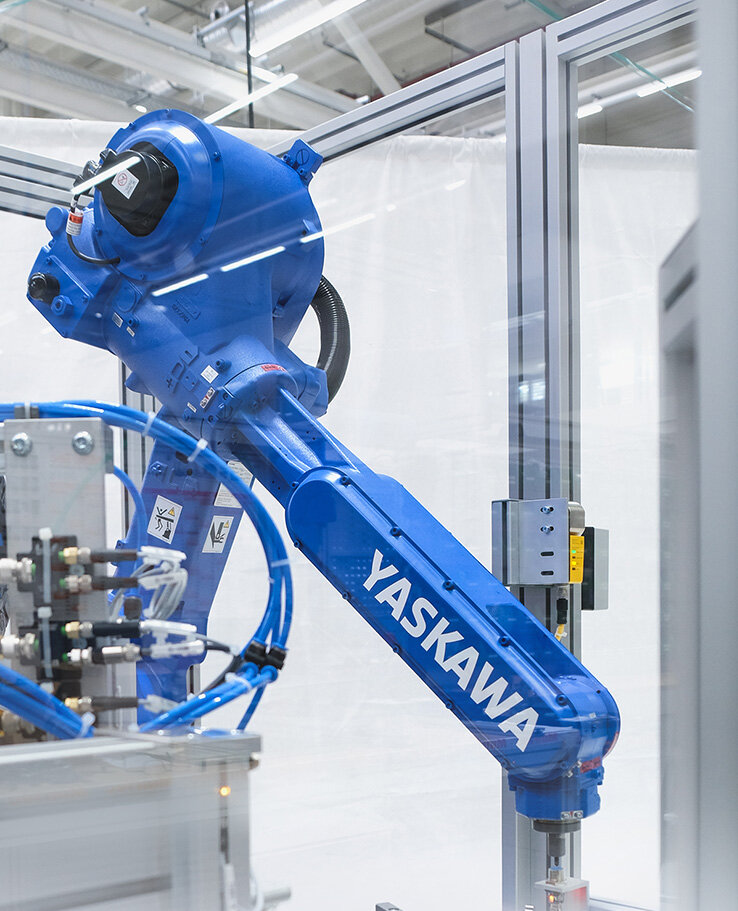
Today, flexible automation in assembly is increasingly in demand - and flexibility is, after all, a core characteristic of robots. They can now even "see" and "feel" and have mastered the logic and communication necessary for variant flexibility.
This means that robot-supported assembly today already meets all the requirements of a smart factory of tomorrow, and is incomparably more flexible and versatile than rigidly interlinked automated production.
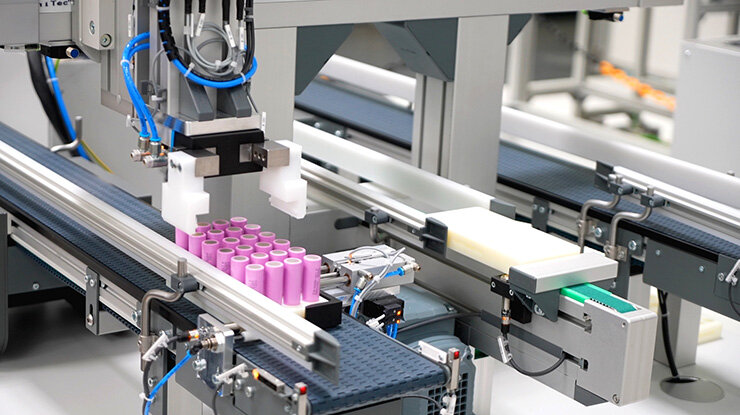
Another classic area of application is the handling of components. Here, robots move parts or tools to or from a specific location, take over feeding, discharging or transferring. Due to their versatility, speed, precision and cost-effectiveness, many manufacturing companies are now integrating robots into their production facilities.
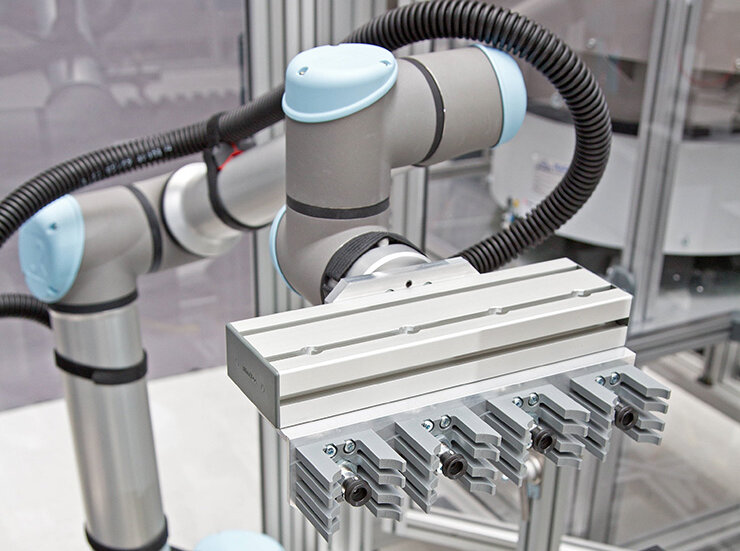
Robots are also an asset in the area of pick & place: picking up parts and placing them somewhere again in a specific position and orientation is a prime discipline, provided they are well integrated and programmed. Pick & place often serves the purpose of sorting products for a downstream process or placing them in trays so that downstream automated machines can handle the parts better. In many cases, the parts arrive via a conveyor belt and are sometimes also placed back onto conveyor belts. They can also assist in picking and packing goods.
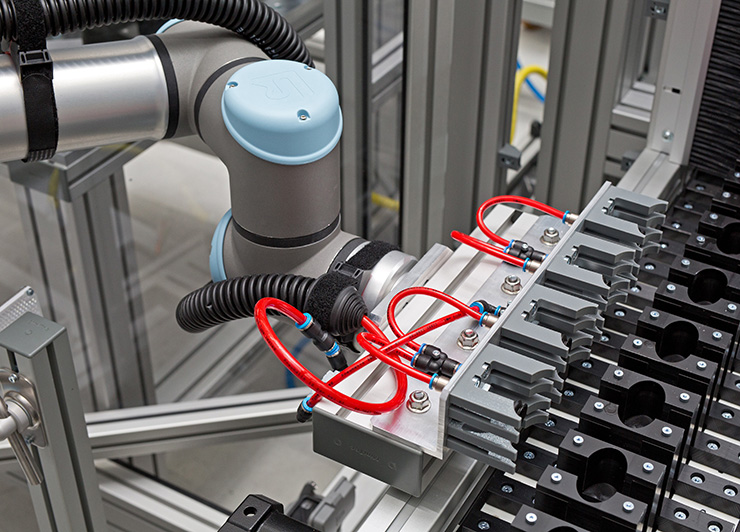
Another area is automation solutions with industrial robots, which can significantly improve the quality of the assembled products here. Human errors that can arise from fatigue during monotonous work can be avoided through automation. Colleague robots always perform even very monotonous tasks without fatigue and with consistent quality.
Without these sources of error, the quality of the entire process improves. Parts can no longer be mixed up, just as parts list items can no longer be forgotten. The robot "thinks" of everything. It is just as willing to take on tasks in dangerous environments, for example when things get hot or when components to be assembled have sharp edges. Collaborating robots (cobots) - in duo with the human worker - are now frequently used in assembly to improve efficiency. For example, the so-called cobots can save a company costs by taking over simple assembly tasks.
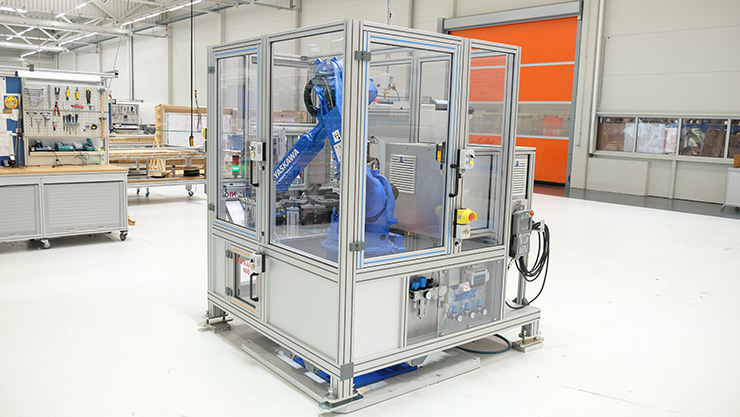
Quality inspection is a wide field of application for robots. Increasingly, this also includes cobots, which can be used to automate many manually performed tasks. Robots can, for example, move workpieces to stationary quality inspection sensors, or present workpieces to humans for visual inspection, thus assisting the inspector while he performs other tasks. But robots can also perform inspections themselves, using scanners, sensors or measuring heads.
Even within a production line, there are usually many inspection processes and built-in "quality gates" between individual processing steps. These are handled by robots during their handling tasks by moving workpieces in front of a sensor or in/out of a quality inspection station.
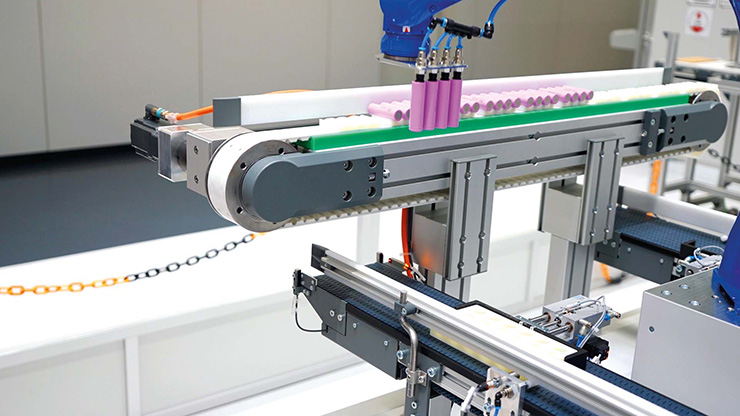
The tasks performed by robots are manifold. In the meantime, a considerable number of robot manufacturers have established themselves on the market, and there is an even larger number of service providers who plan and in some cases also carry out the integration of robots. Their approaches are often more attuned to the robot than to the application or task.
MiniTec takes its own approach here, which is aligned with the core competencies of the medium-sized company with decades of experience in various disciplines. MiniTec's core competences include assembly, conveyor technology, handling and automation. And it is precisely these disciplines that MiniTec combines with the advantages offered by robots. Added to this is a lavish modular system, based on aluminium profiles, linear units and components, which offers everything for integration as well as necessary supplements such as protective systems.
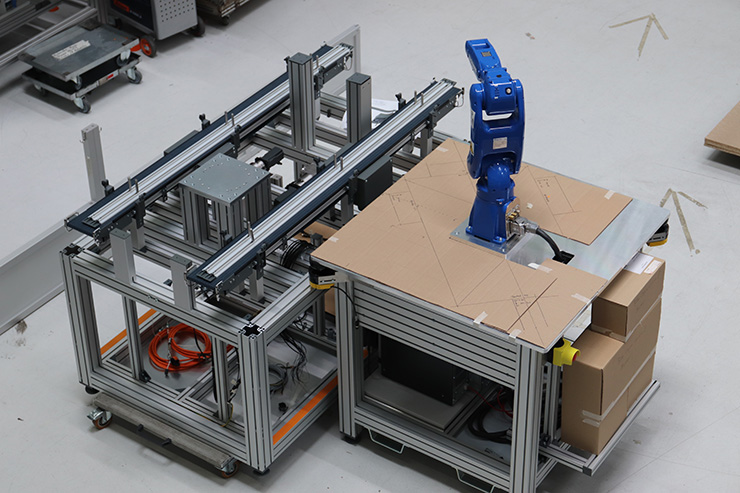
MiniTec does not offer off-the-shelf solutions in the field of automation with robots. The focus is always on the customer's task. For this purpose, custom-fit solutions are developed and integrated and implemented at the customer's site.
There are many examples of this. One of the latest developments is an assembly line for battery modules. Here, both precision (the tolerances are within narrow limits) and speed (the cells have to be glued and welded together in a short time) are important criteria. Accordingly, the transport of the module bodies or pack housings requires a technology that ensures high process and repeat accuracy. MiniTec conveyor systems are used here, which transport workpiece carriers with high precision and at the same time at enormous speed.
A robot is used in the system for various pick & place tasks. For example, it first removes the battery cells from a MiniTec toothed belt conveyor and then places them in a waiting tray. In another process, it lifts off the lids of empty trays so that they are ready to be loaded with cells.
Another customer requirement was a fully automatic filling line for simultaneous filling of several liquids in one operation. In the modularly designed filling line, individual stations can also be operated separately. It can thus be used flexibly.
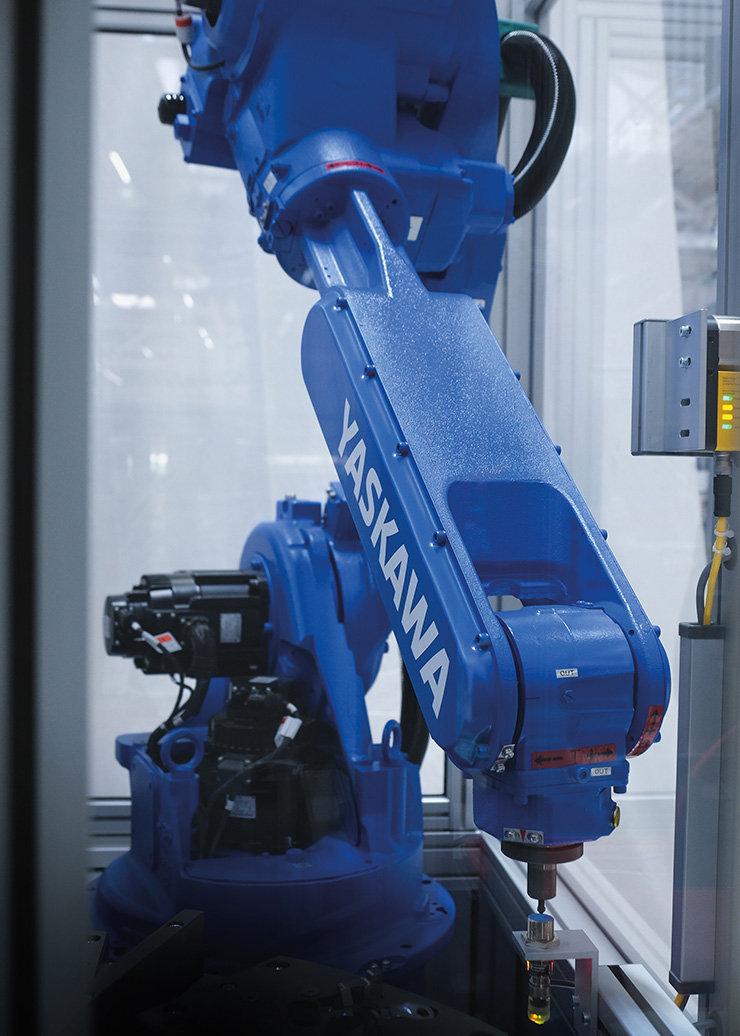
MiniTec mainly uses Yaskawa robots. However, the subsidiary and partner companies also have expertise in the use of other robot types.
MiniTec Austria, for example, specialises in the use of Epson robots and, as a system integrator, combines the MiniTec aluminium profile system and Epson industrial robots to create optimal solutions for its customers. Among other things, Scara or even 6-axis robots are used, right up to sophisticated software, installation, analyses and reliable support. A partner company Alas-Kuul AS in Estonia, on the other hand, specialises in Kuka robots. Many applications have already been realised there as well.
No matter where in the world a task arises in the field of industrial applications with integrated robotics, MiniTec or one of its partners are on site and look for the best solution for the interested party.
We first discuss the requirements with our customers in great detail and only then decide what the best automation solution is. This can include robot integration or, as an alternative, the use of linear gantries. Or perhaps a combination of these two technologies.
We not only ensure seamless integration of the robots into the application. We also design and supply the necessary infrastructure, such as conveyor technology, handling, assembly support, quality assurance and protective equipment. Here we can draw on our comprehensive modular system with components for these areas. Everything from a single source and everything fits together!
It is important that the robots are integrated into an overall concept. The use of a robot alone will not achieve cycle time optimization. Seamless integration is important. Among other things, safety concepts for occupational health and safety or emergency concepts should also be considered. The robot can speed up production and at the same time become a problem in the event of a failure if production comes to a standstill because of it.
Do you have any further questions about robots at MiniTec?